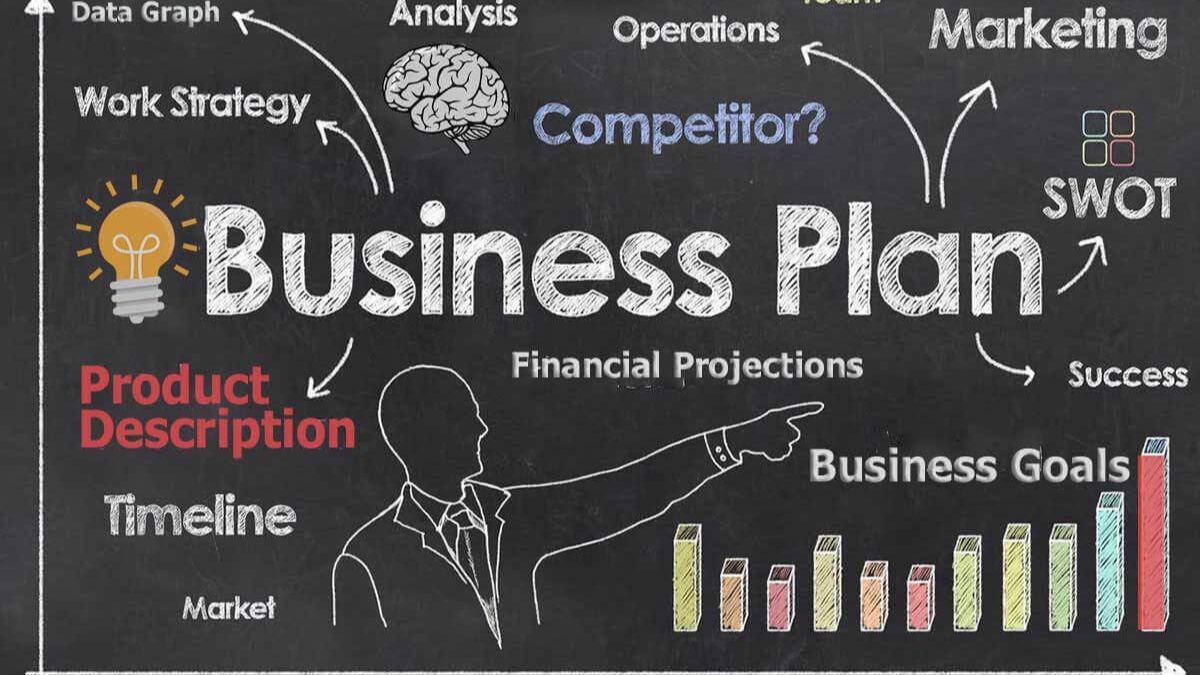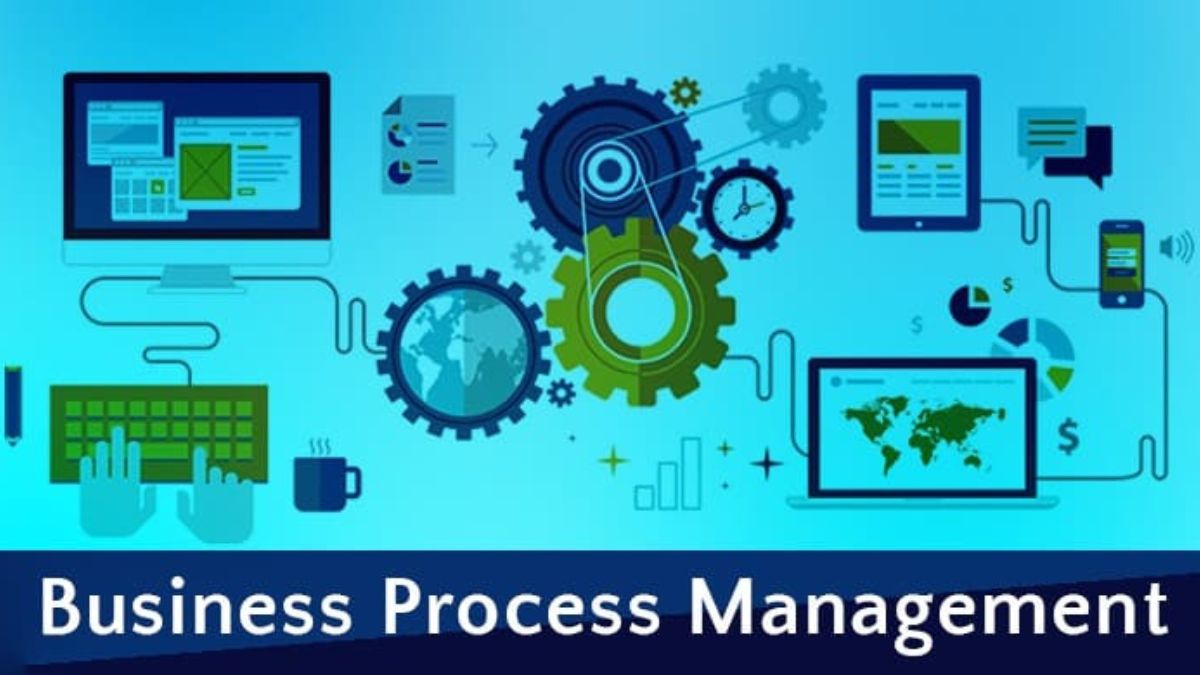Meeting can either drive progress or feel like an unnecessary drain on time and resources. The key difference lies in how effectively they’re planned and executed. Whether you run a startup, manage a
, or work in a small business setting, there’s always room to sharpen your approach to meetings.
This blog explores ten actionable tips to ensure that every business meeting is productive, meaningful, and worth everyone’s time. By the end, you’ll be armed with effective strategies to make your meetings more engaging and results-focused.
Why Effective Business Meetings Matter
Business meetings aren’t just about group discussions—they act as a platform to brainstorm, align on objectives, and drive collective action. A poorly-run meeting can cost companies valuable time (and sometimes thousands of dollars in lost productivity). On the flip side, a well-structured meeting can foster collaboration, reduce communication gaps, and deliver clear outcomes.
The goal? To make each meeting productive, minimizing wasted time while maximizing return on effort.
1. Clarify the Purpose of the Meeting
Every effective meeting starts with a clear objective. Are you looking to brainstorm ideas, make decisions, share updates, or problem-solve? Understanding why the meeting is taking place allows you to streamline your agenda and set expectations beforehand.
Pro Tip
Write down the purpose of the meeting in a single sentence. For instance, “This meeting aims to finalize the marketing budget for Q1.”
2. Limit Attendees to Essential Participants
While it’s tempting to include everyone to ensure transparency, not all team members need to be present for every meeting. The more people involved, the harder it becomes to maintain focus.
Invite only the decision-makers and key stakeholders. Other team members can always be updated through meeting minutes or follow-up emails.
Pro Tip
Use the “two-pizza rule”: If two pizzas can’t feed everyone in the meeting, it’s probably too large.
3. Distribute a Detailed Agenda Beforehand
Agendas outline the flow of the meeting and ensure all participants come prepared. Without an agenda, discussions can quickly become disorganized or stray off topic.
Share an agenda at least 24 hours beforehand. Include the main topics, allotted time for each, and any pre-meeting preparation required (e.g., reviewing a report or analyzing data).
Sample Agenda
- Review of last week’s sales performance (10 min)
- Discuss marketing strategies for next quarter (20 min)
- Outline next steps and assign tasks (5 min)
4. Start and End on Time
There’s nothing worse than a meeting that starts late or drags on endlessly. Respect everyone’s time by beginning and ending within the scheduled window.
Set a timer if necessary, and politely refocus the conversation if it goes off course. If more time is needed, schedule a follow-up rather than keeping everyone longer than planned.
Pro Tip
Try scheduling “stand-up meetings”—these are kept short and focused because participants must remain standing.
5. Assign Role-Based Responsibilities
For smoother communication, assign specific roles for the meeting. Common roles include the organizer, facilitator, note-taker, and timekeeper.
- Organizer ensures the agenda is distributed and logistics are handled.
- Facilitator keeps discussions on track and ensures all voices are heard.
- Note-Taker records key takeaways and decisions for future reference.
- Timekeeper monitors timing to prevent overruns.
Having clear roles reduces confusion and improves workflow within the meeting.
6. Encourage Participation, Not Dominance
The best meetings involve collaboration, not one-sided conversations. Create an inclusive space where every participant feels comfortable sharing their input.
If certain team members tend to dominate discussions, actively call on quieter ones to share their perspectives. Tools like “round-robin” speaking turns can also help balance participation.
Pro Tip
Begin the meeting with an icebreaker question to set a relaxed tone—especially for remote teams.
7. Use Visual Aids
Visual aids such as graphs, slides, and infographics can help keep your audience engaged. They also enhance comprehension, especially for complex data or ideas.
However, use them sparingly. Too many slides or overly complex charts can overwhelm participants rather than clarify your key points.
8. Stay Laser-Focused on Results
Meetings should be outcome-driven, not just discussions for the sake of it. Each topic covered should result in a clear action item, decision, or next step.
For example:
- Topic discussed: Revising the marketing campaign deliverables
- Outcome needed: Finalize content deadlines and assign responsibilities
Avoid discussions that don’t directly impact your agenda or deliverables.
9. Recap and Follow Up
Before ending your meeting, summarize the key takeaways and list action items. This ensures alignment across all participants and provides clarity on next steps.
Following up is equally important. Send a concise email or shared document summarizing decisions, tasks, and deadlines. This makes accountability easier and prevents miscommunication.
Tools for Follow-Ups
- Use tools like Asana or Trello to assign and track post-meeting tasks.
- Share meeting minutes via Google Docs for easy collaboration.
10. Evaluate and Improve
After each meeting, take a few moments to evaluate its effectiveness. Did it achieve its objective? Were participants engaged? Could the agenda have been clearer?
Gather feedback from attendees regularly and continuously refine your meeting strategy.
Pro Tip
Use anonymous survey tools like Google Forms or SurveyMonkey to collect honest feedback on what’s working—and what isn’t.
Taking Your Meetings to the Next Level
Meetings don’t have to feel like a waste of time. With proper planning, clear goals, and a focus on outcomes, they can become a powerful tool to drive collaboration, innovation, and growth within your business.
Start by implementing these ten tips, and watch as your team members become more engaged and your objectives consistently met.
Want to explore more effective communication strategies? Subscribe to our newsletter for weekly insights tailored to business professionals.
FAQs
-
How can I ensure my meetings are productive?
Start by setting a clear agenda and sharing it with attendees in advance. Define the meeting’s goals and stay focused on achieving actionable outcomes. Encourage participation and keep discussions on track to avoid wasting time.
-
What tools can help improve meeting efficiency?
Tools like collaborative agendas, video conferencing platforms, and project management software can streamline communication and ensure everyone stays aligned. Popular options include platforms like Zoom, Microsoft Teams, and Asana.
-
How do I engage team members during meetings?
Foster an inclusive environment by encouraging input from all attendees. Use icebreakers or interactive elements to spark engagement, and regularly check in to keep everyone involved.
-
What’s the best way to follow up after a meeting?
After the meeting, send a summary of key takeaways and assigned action items to all participants. Timely follow-ups ensure accountability and momentum toward the meeting’s objectives.










